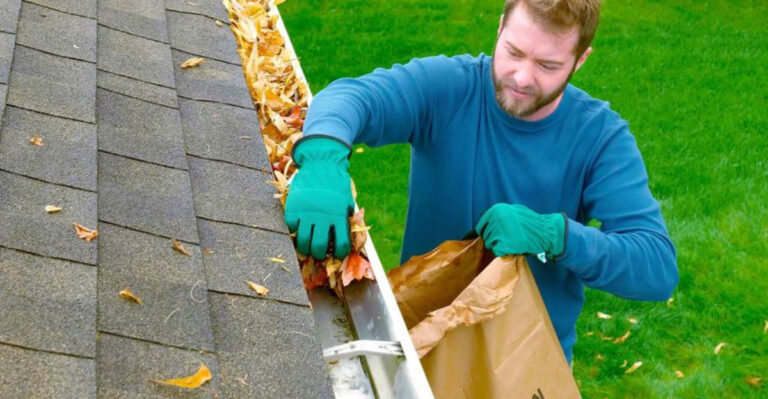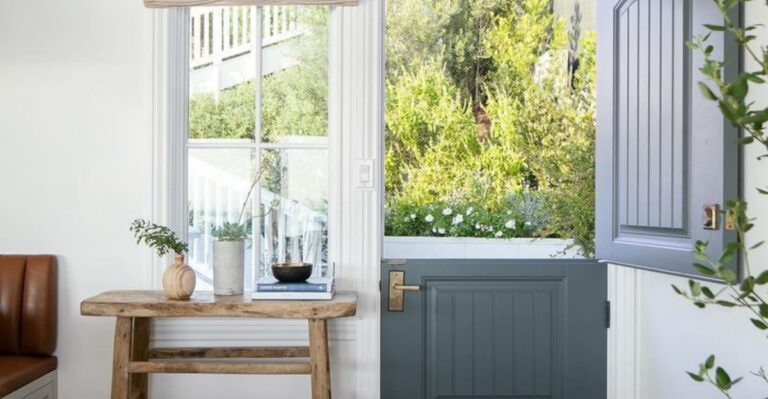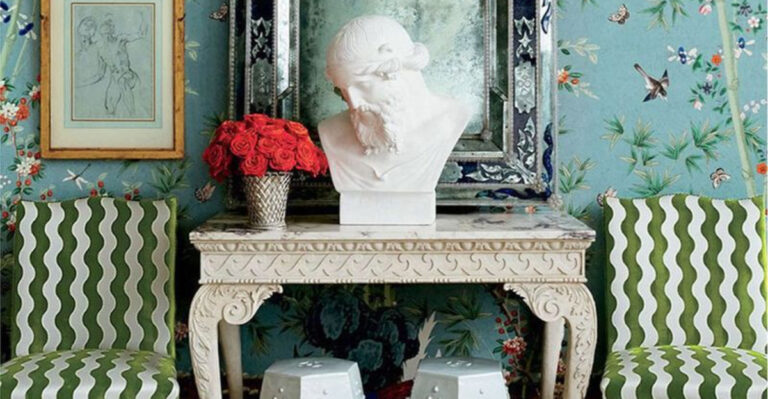Marble Countertops: 15 Tips For Choosing The Perfect Slab
When I was choosing marble for my kitchen, I had no idea how tricky it would be. No two slabs are alike, and every piece seemed to whisper a different story through its veins and swirls.
It felt like trying to pick a favorite piece of art. The good news? With the right tips, you can find a marble slab that not only looks stunning but also fits your lifestyle.
Whether you are remodeling or starting fresh, I’ll share what I learned so you can choose a countertop you will love seeing and using every single day.
1. Know Your Marble Types

From classic Carrara to exotic Calacatta, marble comes in countless varieties with different colors and vein patterns. Carrara tends to be grayish with soft, feathery veins, while Calacatta features bold, dramatic veining on white backgrounds.
Some lesser-known types include Statuario (similar to Calacatta but rarer), Danby (American-quarried with subtle veining), and Emperador (Spanish marble in rich brown tones).
Your choice ultimately depends on the look you want to achieve in your space.
2. Visit The Showroom In Person

Pictures lie! What looks perfect online might disappoint in real life. Colors appear differently on screens, and those tiny veins might actually be massive cracks when viewed up close.
Take time to visit stone yards and run your hands across different slabs. Feel the texture and see how light plays across the surface.
Sometimes a slab that photographs poorly turns out to be breathtaking when seen with your own eyes.
3. Check For Etching Resistance
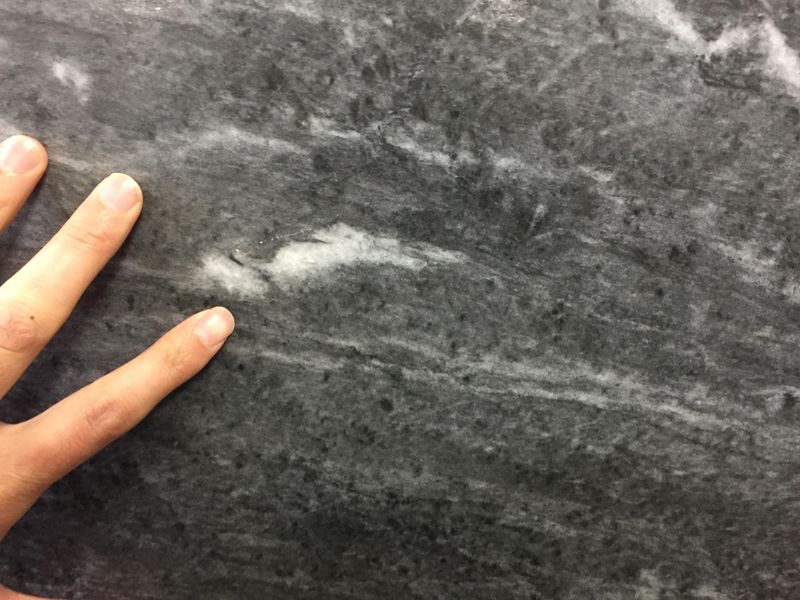
If you’ve heard marble horror stories, they probably involved etching – those dull spots caused by acidic substances like lemon juice or vinegar. Some marble varieties resist etching better than others.
Bring a lemon wedge to the showroom (ask permission first!) and place a drop on an inconspicuous corner. Wait a few minutes, wipe it away, and check for marks.
Darker marbles often show etching less obviously than pure white varieties.
4. Consider Your Lifestyle Honestly
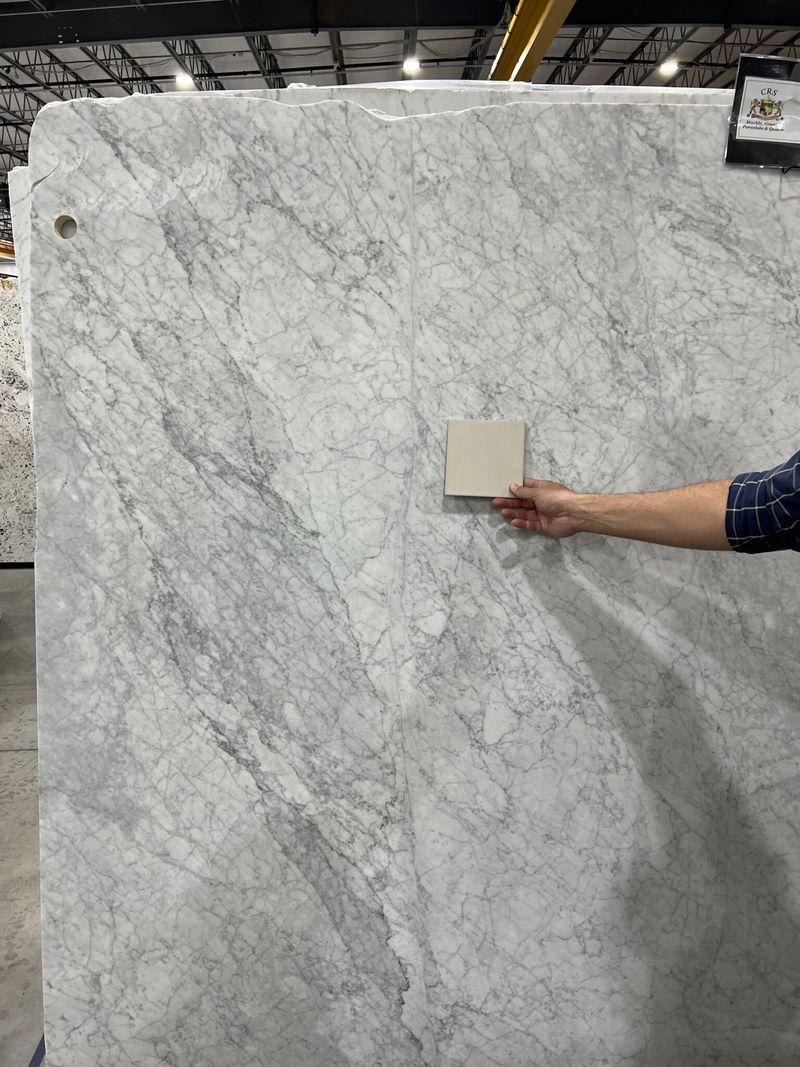
Love cooking with tomatoes, lemons and wine? Marble might drive you crazy! Unlike granite or quartz, marble requires ongoing maintenance and will develop a patina over time.
Some homeowners love this lived-in character, while others can’t stand imperfections. Be brutally honest about your cleaning habits and tolerance for natural wear.
For busy families who don’t want maintenance headaches, engineered alternatives might make more sense.
5. Examine The Entire Slab
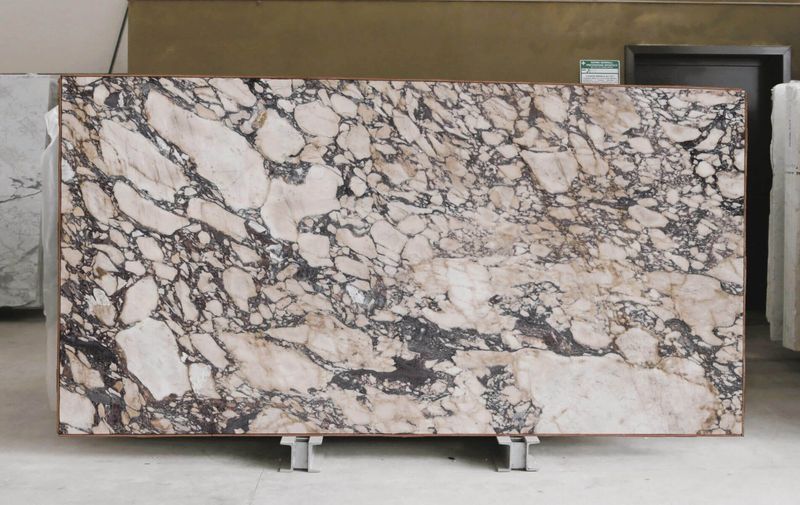
Never choose based on a small sample! Marble forms naturally, so patterns vary dramatically across a single slab. What looks perfect in one corner might have an ugly discoloration elsewhere.
Ask to see the full slab and walk around it completely. Some suppliers let you mark the exact portions you want for your counters.
This matters especially for statement pieces like kitchen islands where the pattern becomes a focal point.
6. Understand Finishing Options
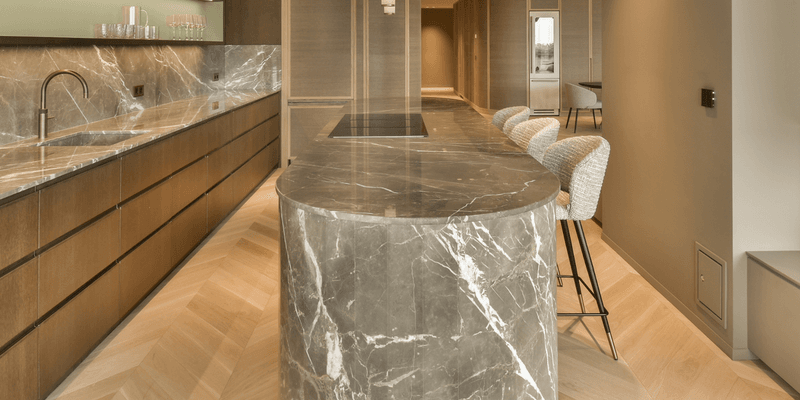
Polished isn’t your only choice! While glossy finishes highlight marble’s beauty, they also show every scratch and etch mark. Honed finishes (matte) hide imperfections better but may stain more easily.
Leathered finishes offer a textured feel that’s gaining popularity. They hide fingerprints wonderfully and provide better slip resistance.
Each finish dramatically changes how your marble looks and performs, so request samples with different finishes before deciding.
7. Think About Edge Profiles
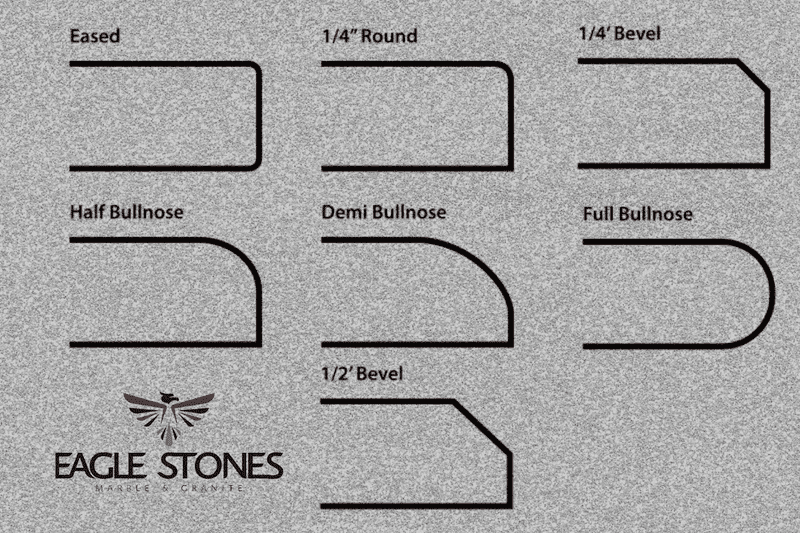
Square edges look modern but can chip easily. Rounded or bullnose edges prove more durable for busy kitchens where people bump into counters regularly.
Fancier options like ogee or waterfall edges add drama and cost. Your edge choice affects both style and function.
Thicker edges generally appear more luxurious, while thin edges create a sleeker, contemporary look. Ask your fabricator to show examples of each edge on your specific marble type.
8. Calculate True Costs Upfront
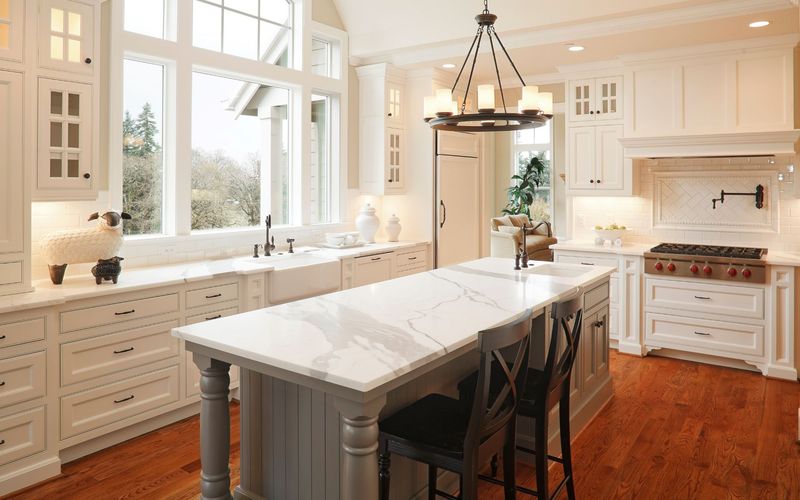
Marble prices vary wildly from $40 to $200+ per square foot installed. Rarer varieties and complex installations drive costs up quickly.
Don’t forget to budget for sealing, edge treatments, and cutouts for sinks and appliances. Many homeowners get sticker shock when they realize their estimate didn’t include removal of old countertops or plumbing reconnections.
Ask specifically what’s included in your quote, and whether you’ll need to hire additional contractors to complete the job.
9. Look For Natural Flaws
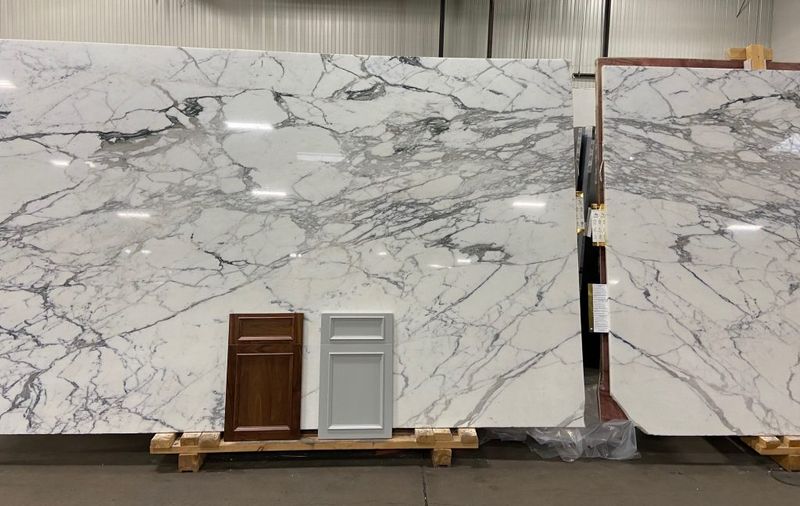
Those cracks aren’t always defects! Natural fissures differ from structural cracks and can add character. However, actual fractures might expand over time and cause problems.
Run your fingernail across suspicious lines. If your nail catches, it might be a crack worth avoiding. Some slabs also have natural pitting or mineral deposits.
While these aren’t structural concerns, they affect appearance. Decide whether these quirks add charm or would drive you crazy every morning.
10. Request Corner Samples
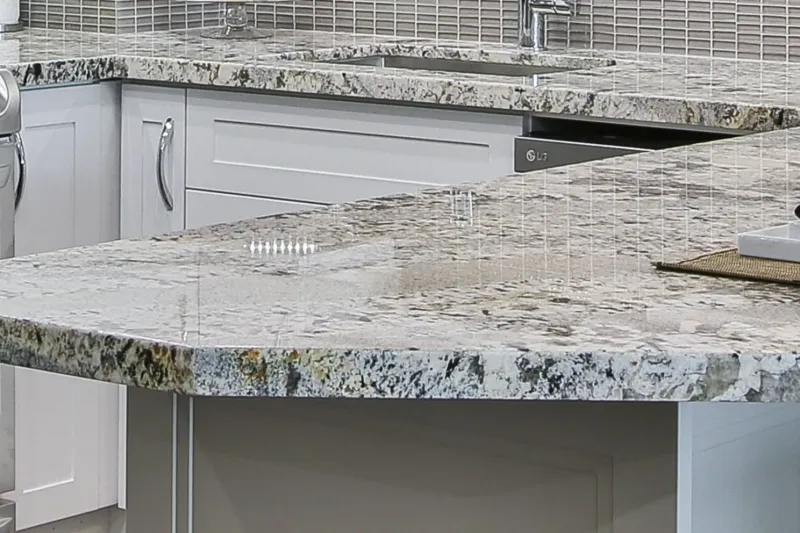
Smart shoppers take home sample pieces before committing. Most suppliers will cut small pieces from slab corners so you can test them in your actual kitchen lighting.
Pour common kitchen liquids like coffee, oil, and wine on these samples to see how they react. Try cleaning products you normally use.
Leave the samples where your countertops will go for several days to see how they look at different times of day.
11. Research Your Fabricator Carefully
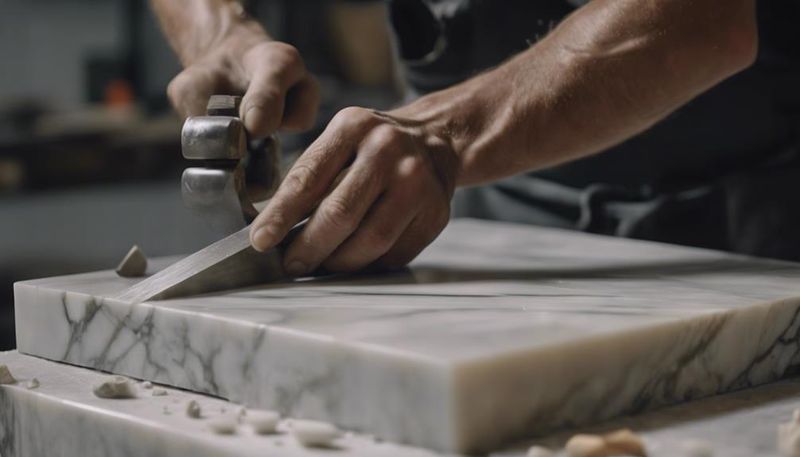
Not all stone fabricators have equal skills! Look for companies specializing in marble specifically, not just general stone work.
Great fabricators match veins perfectly across seams and position the most beautiful parts of your slab in visible areas. Ask to see previous marble projects they’ve completed.
Check reviews specifically mentioning marble (not just granite). Experienced fabricators will also advise on practical matters like where to place seams so they’re less noticeable.
12. Plan Your Layout Strategically
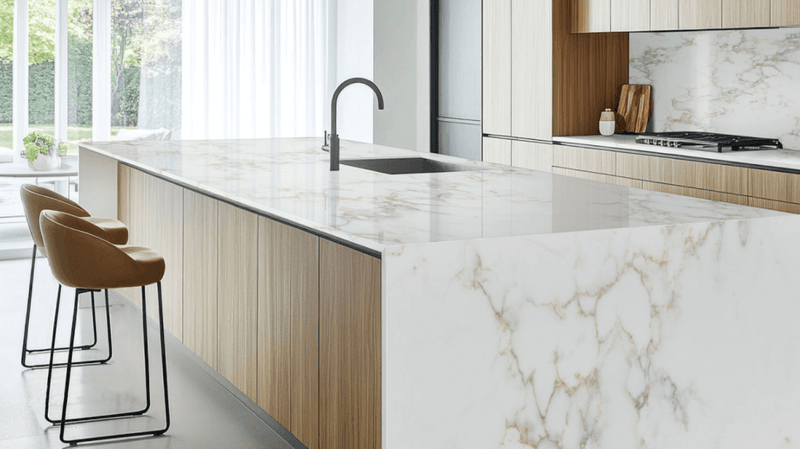
Where will your coffee maker sit? Which areas get heaviest use? Smart planning places less visible areas where etching and staining are most likely to occur.
Consider installing a separate prep area in another material for cutting lemons or placing hot pans. Many designers recommend positioning seams away from high-visibility areas and ensuring the most dramatic veining appears where it will create maximum impact.
13. Understand Sealing Requirements
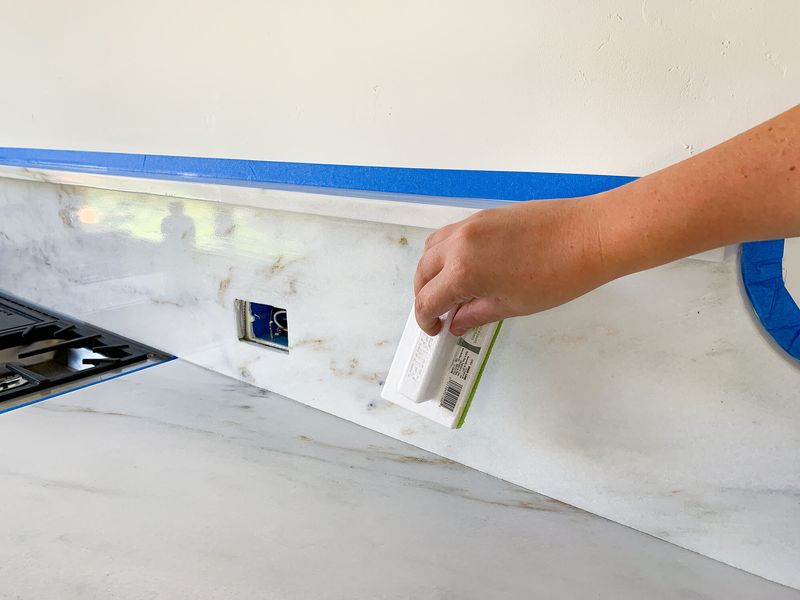
Forget what you’ve heard – sealing isn’t optional with marble! Without proper sealing, your beautiful counters will absorb stains within minutes.
Most marble needs sealing every 6-12 months, depending on use. Ask about sealer options with different durability levels. Some newer products last several years but cost more initially.
Find out exactly what maintenance your specific marble type requires before purchasing. If you’re not willing to commit to regular sealing, consider other materials.
14. Consider Complementary Materials

Marble plays well with others! Many designers mix materials for both practical and aesthetic reasons. Perhaps marble for your island but quartz around the sink area?
Wood butcher blocks make perfect partners for food prep stations. Soapstone or slate can complement marble while offering different performance characteristics.
These combinations often save money while creating more visual interest than using a single material throughout your kitchen.
15. Ask About Remnants For Small Projects

Building a small bathroom vanity or coffee bar? Remnants might be your ticket to luxury at a fraction of the cost! These leftover pieces from larger jobs often sell at steep discounts.
Stone yards typically have remnant sections where you can find beautiful pieces perfect for smaller applications.
While selection is hit-or-miss, patient shoppers can discover amazing deals. Just measure carefully and bring your dimensions when hunting for these bargain treasures.




